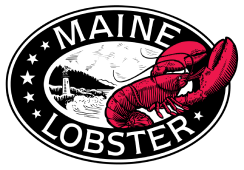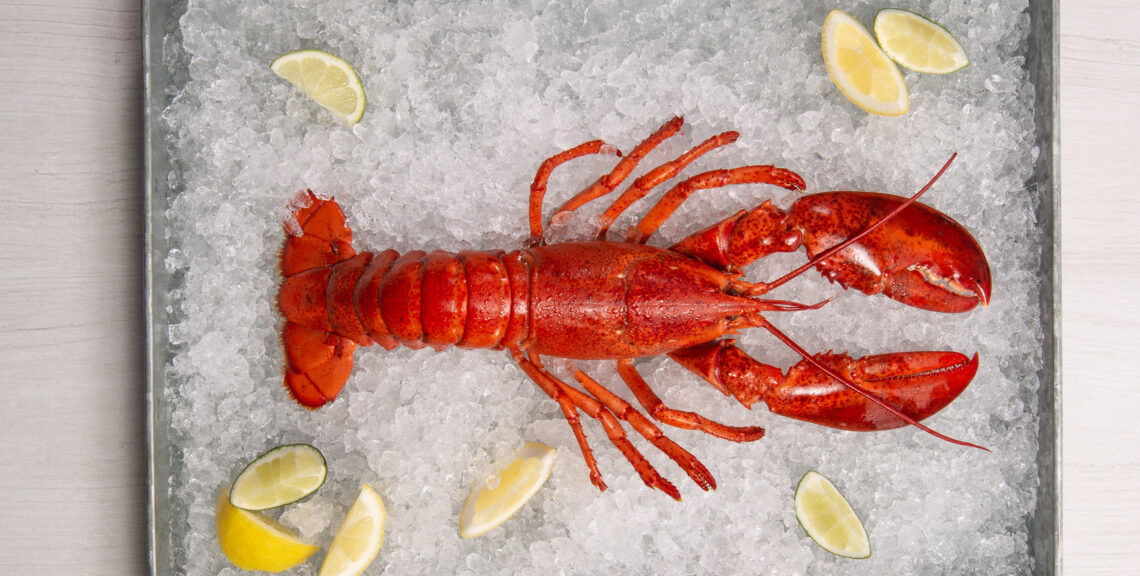
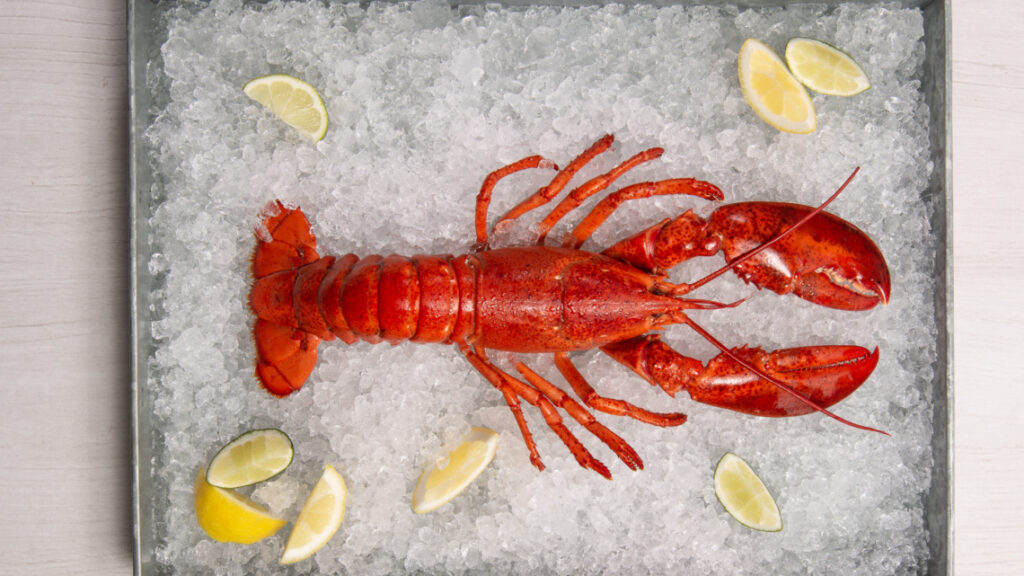
Why Make It Maine? Preparing Cooked Lobster Products
Fresh lobster can often feel time-consuming and daunting to prepare, which is just one of the reasons frozen lobster is a convenient and easy way to serve this Maine delicacy. If you’re hoping to save time while still creating a rich and indulgent meal, frozen pre-cooked lobster is the perfect solution for you.
This comprehensive guide will teach you all you need to know about preparing different parts of the lobster – ranging from tail, knuckle & claw to split tails to whole lobster and everything in between.
In part two of this Cooking with Maine Lobster series, we’ll be sharing how to properly prep and cook with Frozen Cooked products to get the best flavor and texture from your lobster.
Did you know? Cooked lobster products can be purchased fresh or frozen and is offered, packaged, and sold in various forms:
- Tail, Claw & Knuckle
- Claw & Knuckle
- Split Tails
- Tail Meat
- Whole Lobster
- And more!
Preparing Cooked Claw & Knuckle (CK) or Tail, Claw & Knuckle (TCK) Lobster Meat
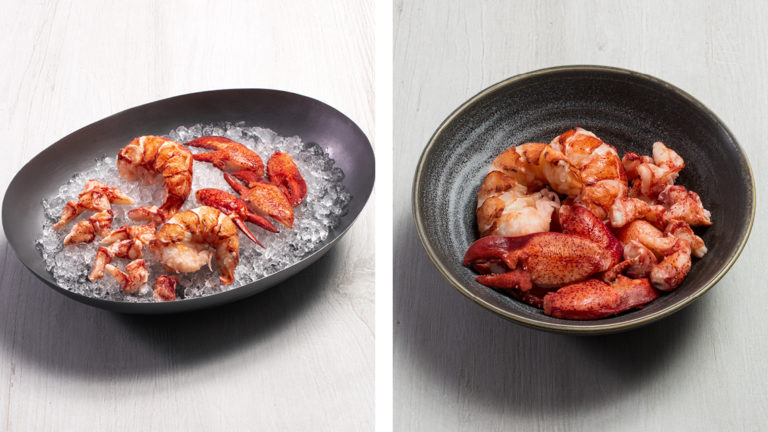
Cooked claw & knuckle (CK) and tail, claw & knuckle (TCK) are ideal for lobster rolls, as a topper for salads and mac and cheeses, pastas, or any other dish that would be enhanced by a tasty protein topper.
Before adding to your recipe, frozen lobster products should be slowly thawed to preserve their premium taste and texture. To thaw, leave meat sealed in its wrapping and place on a plate in the refrigerator overnight. As an emergency method, if meat is needed more quickly, leave the meat in its packaging and place in a bowl of cool water. Let sit for 30-60 minutes, replacing water once. After this is complete, open packaging and use a colander to drain excess water.
Once the product is thawed, you can either enjoy the lobster meat as is cold or heat it up. The easiest way to warm up pre-cooked CK meat is with a quickboil. Remember, your lobster is already cooked, so you’re really just warming it up here. To begin:
- In a large pot, combine two quarts of water and 2 tablespoons of sea salt per each pound of lobster meat.
- Bring the water to a boil and add the CK. Boil for 1-2 minutes, long enough to heat the meat without overcooking it. For safety precautions, insert a food thermometer to ensure that the meat has reached a minimum temperature of 165°F.
- Drain in a colander and enjoy!
Preparing Cooked Split Lobster Tails
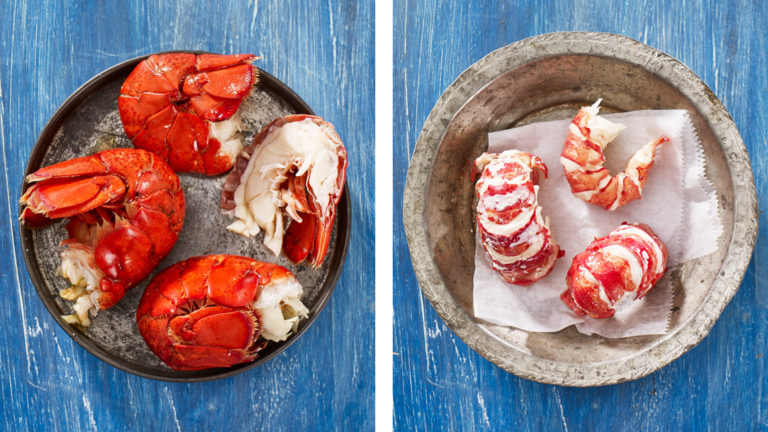
Split lobster tails are often the highlight of the dish, acting as the star protein and are most frequently served with a side of butter. While these can be prepared in many ways or enjoyed cold, the most popular method of cooking is via grilling. Prior to cooking, be sure to thaw out the product by leaving the meat sealed in its wrapping and placed on a plate in the refrigerator overnight. If meat is needed more quickly, leave the meat in its packaging and place in a bowl of cool water. Let sit for 30-60 minutes, until tail is flexible. After this is complete, open packaging and use a colander to drain excess water.
Once the product is thawed, you can either enjoy as is cold or heat them up by following these steps:
- Heat up the grill and melt a few tablespoons of butter.
- Place tails shell down on the grill and brush the melted butter over the lobster meat.
- Let grill for 1 minute and brush with more butter to moisten. Repeat until warmed all the way through. For safety precautions, insert a food thermometer to ensure that the meat has reached a minimum temperature of 165°F.
- Serve and enjoy!
Preparing Cooked Lobster Tail Meat
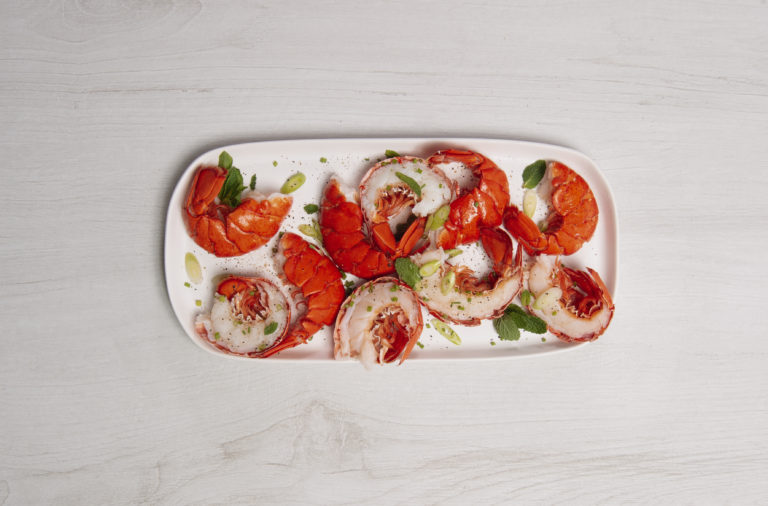
Cooked lobster tail meat is often served by itself with a side of drawn butter or a sauce of your choice. Similar to the above thaw instructions, leave meat sealed in its wrapping and place on a plate in the refrigerator overnight. If meat is needed more quickly, leave the meat in its packaging and place in a bowl of cool water. Let sit for 30-60 minutes, replacing water once. After this is complete, open packaging and use a colander to drain excess water.
Now that the product has thawed, you can either enjoy as is cold or cook with the cooked lobster tail meat! The most popular method of cooking with this is baking. To begin:
- Preheat oven to 350°F and put tails in an oven-safe container with butter or stock and cover with foil.
- Place in oven for 10 minutes or until the meat is warmed all the way through. To be completely sure that the product has reached an optimal temperature, use a food thermometer to check that the product has reached a minimum of 165°F.
- Serve immediately and enjoy!
Preparing Cooked Whole Lobsters
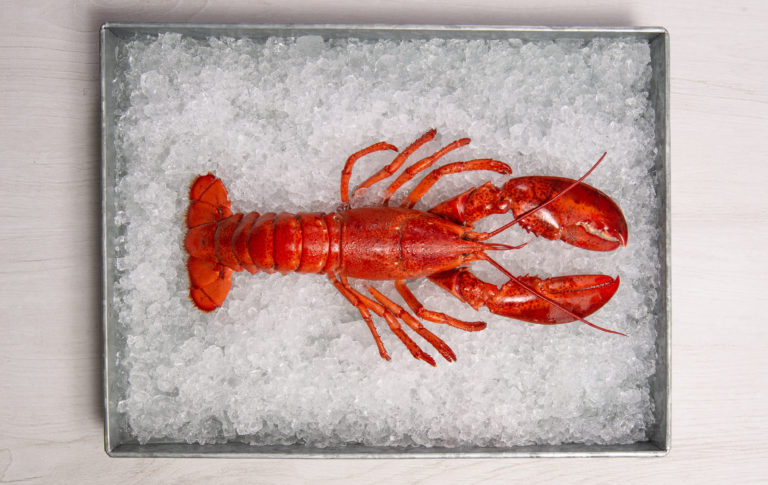
Cooked whole lobsters are best enjoyed right out of the shell with a side of butter. First, plan ahead and slowly thaw the lobster for optimal taste and texture. To thaw, leave lobster in its netting and place on a plate in the refrigerator overnight. As an emergency method, if the lobsters are needed more quickly, leave in the netting, place in a pot of cool water, and put it in the fridge. Let sit for a few hours until completely thawed, replacing water as needed.
Now that the lobster is completely enjoyed, you can either enjoy as is cold or heat it up! While whole cooked lobsters can be prepared in many ways, the most common method is steaming:
- Place a steaming rack in the bottom of a pot large enough to fit 2 whole lobsters, and fill with 2 inches of water and 2-3 tablespoons of salt.
- Bring to a boil and then place lobsters in, one at a time, and cover the pot.
- For your typical 1 ¼ pound lobster, steam for 9 minutes, or until heated all the way through. To check whether the product has been thoroughly and completely reheated, insert a food thermometer and make sure that it has reached a minimum temperature of 165° F.
- Remove from pot with tongs and let rest for 5 minutes before cracking.
- Enjoy!
